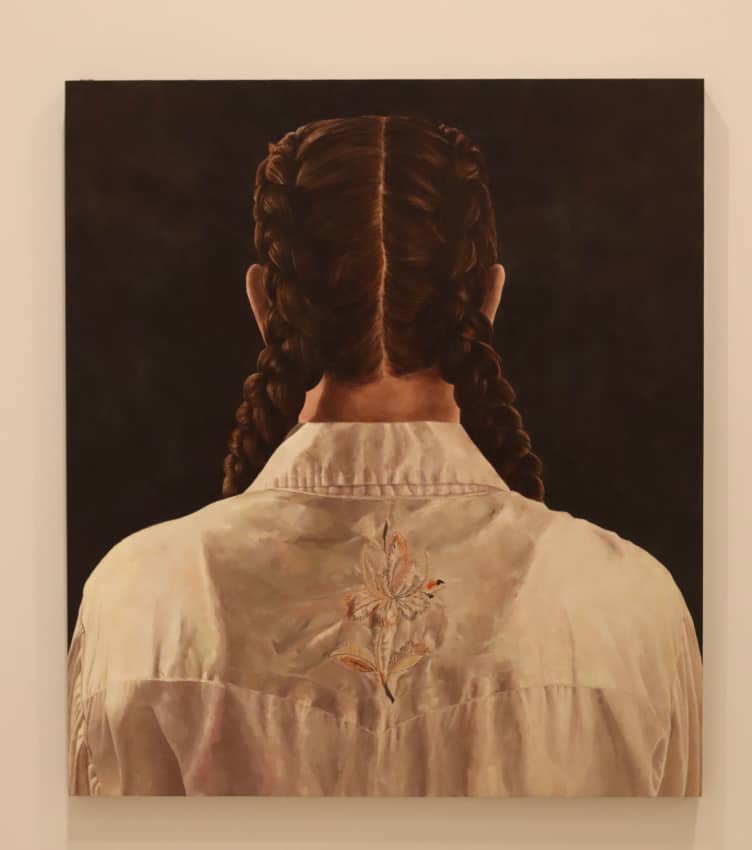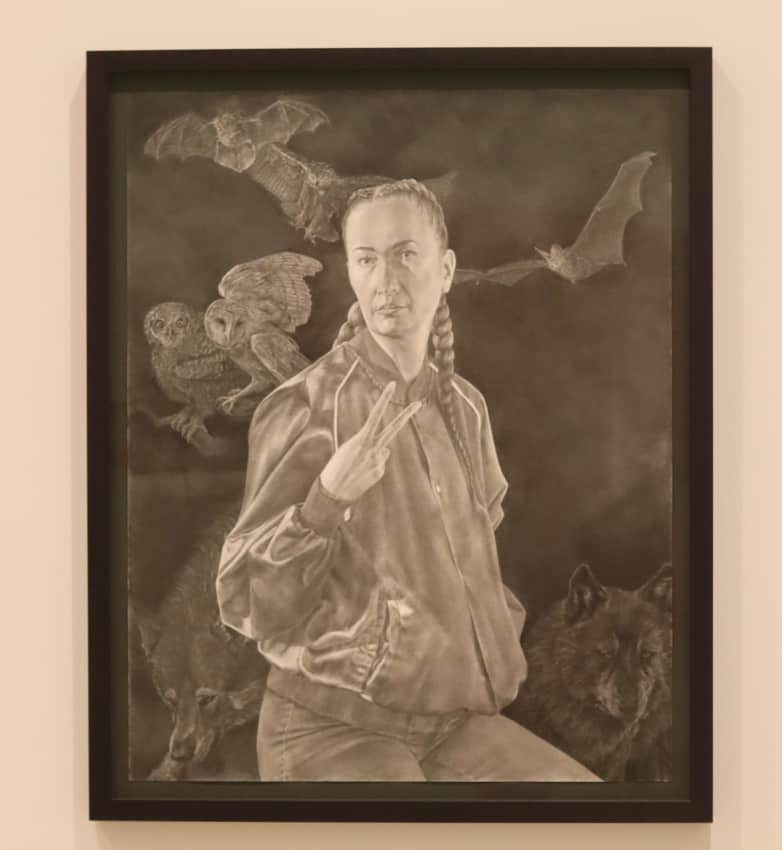
For many centuries, artists have used their creativity to protest oppressive systems, and Wally Dion is no exception in this.
Dion presents artwork that adds to the conversation on issues regarding the relationship between Indigenous and non-Indigenous communities in Next Year’s Country, an exhibition at the Remai Modern.
The exhibit revolves around the saying “next year, things will be better,” which relays “both a tireless optimism and a struggle to belong,” the exhibit description reads — an attitude that has shaped Saskatchewan through tough times. The exhibition showcases ideas about collectivity and progress while meeting current environmental, economic and political issues through the works of multiple artists.
Dion, a Canadian artist of Saulteaux ancestry, is one of the featured artists. His work touches on identity and power, and sheds light on the struggle of Indigenous peoples from settler colonies that need to be recognized.
Up Where We Belong is one of his paintings displayed in the exhibition. The materials used in this artwork are acrylic on canvas and acrylic on board. According to Dion, this particular portraiture piece was prompted by his examination of “heightened colonial violence on the Prairies and the current global political landscape.”
This painting depicts an individual with their back turned, showing their long braids and a prairie lily, the provincial flower of Saskatchewan, embroidered on their shirt. This art piece is an interpretation of Canadian singer and songwriter Joni Mitchell’s Clouds album cover released in 1969, where she faces the viewers while holding a prairie lily.
The iconic Saskatchewan singer criticized Saskatoon back in 2013 calling it an extremely bigoted community like “the deep south.”
Another of Dion’s pieces on display at the exhibit is The Sleep of Reason Produces Monsters, which is graphite on paper. The title of this piece and its imagery references 18th-century Spanish artist, France Goya. The painting shows an individual surrounded by Goya-inspired creatures, meant to “call for resistance against oppression,” as well as shed light on the “awakening of people through protest [and] disruption.”
Up Where We Belong and The Sleep of Reason Produces Monsters by Dion both show influences outside of Indigenous culture, like the Clouds album cover and western-style fashion.

Dion’s artwork contains many forms of symbolism as he obtains inspiration from images created by iconic artists. The way that he was able to make something relatable to Indigenous peoples from borrowed images is impressive. The intertwined influences of Indigenous and non-Indigenous culture in his pieces invites conversations on Indigenous issues.
Dion’s work is very relevant for it invites people to explore new narratives surrounding Indigenous people and communities, particularly, in the prairie provinces. Mitchell’s critique in 2013 about Saskatoon being a “bigoted comunity” still stands today.
Dion has exhibited on a large scale across Canada and his works can be found in various collections including the Saskatchewan Arts Board, the Canadian Museum of Civilization Aboriginal Art Centre and many private collections.
—
Kristine Jones A. Del Socorro | Culture Editor
Photos: Supplied